Топики на английском для школьников "Famous Landmarks: the Kremlin"
14 авг 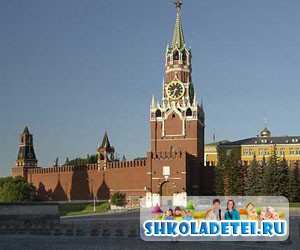
At the heart of the city stands the Kremlin. This old fortress was the centre of the Soviet Union's government until that nation was dissolved in 1991. Since then, it has been the centre of the Russian government. Inside its walls, which extend almost 11.2 miles (2.4 kilometres), are beautiful cathedrals and palaces, as well as government buildings. Some of the cathedrals date from the 1400*8. Many czars are buried in the Cathedral of the Archangel Michael.
The Grand Kremlin Palace was built in the early 1800 s as an imperial residence. The building later was the meeting place of the Supreme Soviet, the parliament of the Soviet Union. In 1992, Russia's Congress of People's Deputies met in the Grand Kremlin Palace. The Palace of Congresses, built in 1961, is used for cultural performances and government meetings and receptions. From 1961 to 1990, it also housed Soviet Communist Party meetings.
The Kremlin has a long history as a seat of government in Russia. Beginning in the 1100 s, when Moscow was the centre of one of many Russian states, its princes ruled from the Kremlin. The Kremlin was the centre of czarist rule from the mid-1500s until 1712, when Peter the Great moved the Russian capital to St. Petersburg.
Moscow and the Kremlin again became the seat of government in 1918, shortly after the Communists took control of Russia. The Kremlin remained the seat after the Communists formed the Soviet Union in 1922. With the break-up of the Soviet Union in 1991, the Kremlin became the seat of government of an independent Russia.
The Kremlin is a triangular enclosure extending almost 11.2 miles (2.4 kilometres) around. Views of the Kremlin can be breathtaking. Especially impressive are its gilded domes, its tapered gate towers, and the contrast between the threatening boundary wall and the richness and intricacy of the interior. The variety of styles and lavish decoration give an impression of powerful magnificence. Today, many Kremlin buildings serve as museums. The Kremlins historical treasures include paintings, jewels, and crowns worn by Russia's czars.
The first Kremlin on the site was built in 1156. The present Kremlin walls have stood since the late 1400's, when Moscow became the most powerful Russian city. At that time, architects from northern Italy and from throughout Russia were called to work on the Kremlin.
Italian architects built the Cathedral of the Assumption (1475-1479), the Granovitaya Palace (1487-1491), the Bell Tower of Ivan the Great (1505-1508), and the Cathedral of the Archangel Michael (1505-1509). The architects blended the Italian Renaissance classical style with more traditional Russian forms, like those used in the Kremlin's Cathedral of the Annunciation (1484-1489).
During the 1600's, the Kremlin's towers and buildings were enlarged and redecorated. The major Kremlin buildings of this period are the Terem Palace (1635-1636) and the Palace of the Patriarchs (1645-1655). In the 1700's and 1800's, construction continued but in the baroque and later neoclassical styles. Notable buildings from this period include the Arsenal (1702-1736), the Menshikov Tower (1705-1707), the Senate (1776-1787), and the Grand Kremlin Palace (1838-1849). Buildings added during the 1900's include the Presidium (1932-1934) and the Palace of Congresses (1960-1961). The great hall of the Palace of Congresses houses government meetings and performances of ballets and operas.
Ключевые теги новости: топики, английский язык
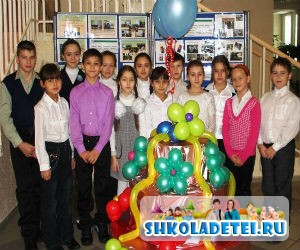
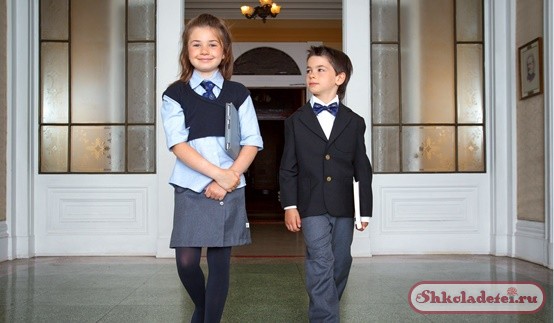
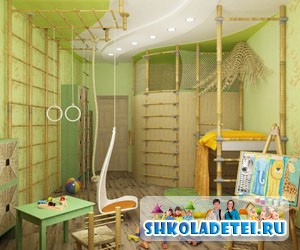
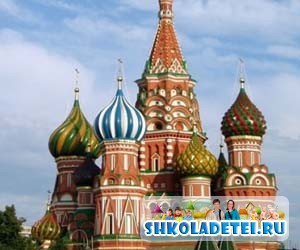 Топики на английском для школьников "Moscow. History"
Топики на английском для школьников "Moscow. History"
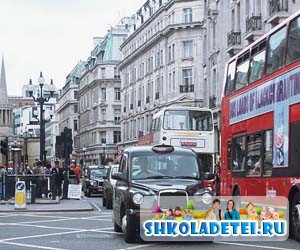 Топики на английском для школьников "London, Capital of Great Britain"
Топики на английском для школьников "London, Capital of Great Britain"
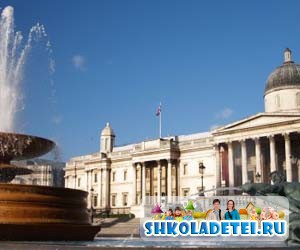 Топики на английском для школьников "London places of interest"
Топики на английском для школьников "London places of interest"
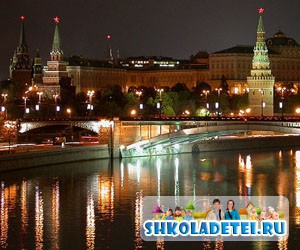 Топики на английском для школьников "Moscow"
Топики на английском для школьников "Moscow"
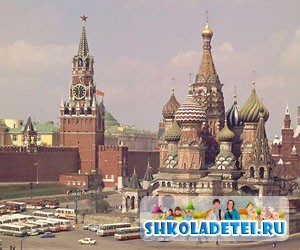 Топики на английском для школьников "Moscow places of interest"
Топики на английском для школьников "Moscow places of interest"
